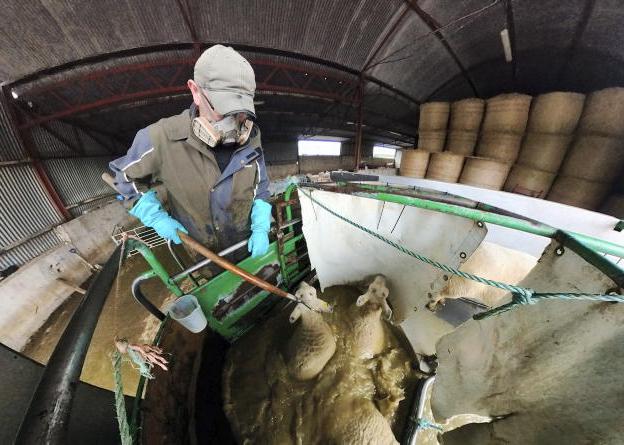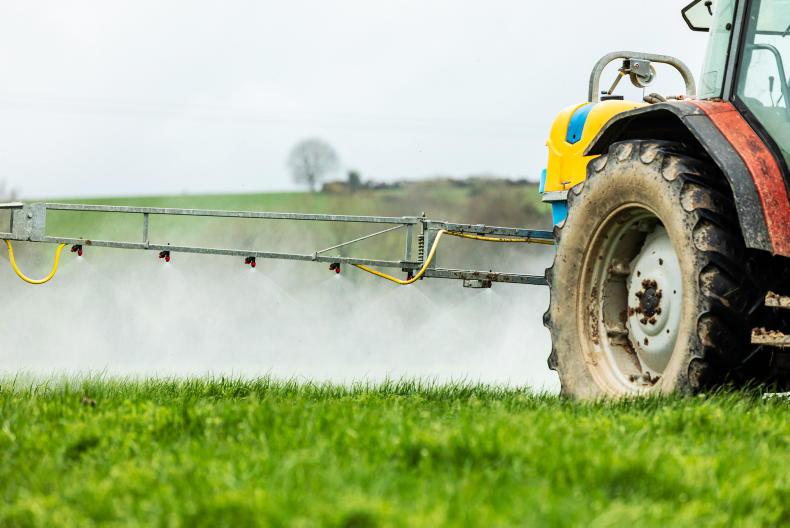It is now becoming common every year that we lose some important actives and get precious few to counterbalance the loss.
There are many such examples of this this year but perhaps none greater than the loss of chlorothalonil, which had its last season in 2020. This led to the removal of many products from the market, but it also brought a significant number of new versions of folpet to the market, which must now act as its multi-site replacement.
Having served us well for decades, the loss of diquat last year was a very significant loss for potato producers. While it did manage to get a temporary reprieve for use at lower rates for partial desiccation, its total removal still seems inevitable.
Potato growers also lost the long-serving sprout suppressant, CIPC, and beet growers also have fewer product options for 2021.
Another important active that is now gone is fenpropimorph, or Corbel. While this was not a big volume active in use every year, it was critical in years when mildew became a significant problem.
However, its loss was not due to European legislation, but rather the commercial reality associated with a product that only has intermittent demand. It was not re-registered for this reason.
Another important active lost from the market is dimethoate. This had been a useful insecticide for decades, especially for the control of aphids.
For the last number of years, it was the only active that could be used late in the season for aphid control on winter wheat and its loss will be noticed.
The last one I will mention feels like a relic of old decency.
Another important active lost from the market is dimethoate
Propiconazole has been in the market almost since the beginning of the modern fungicide era.
When its main brand, Tilt, arrived from Ciba Geigy in the early 1980s it was the second major triazole following Bayleton.
While it has long since lost its usefulness as a serious fungicide, particularly in the septoria arena, its survival for this long in the market is testament to the molecule.
New products
The major new product to have come to the market this year is Inatreq, the active in Questar, Peacoq and Aquino. This important fungicide follows the introduction of Revysol last year and, together, these two actives will be important, hopefully for years to come, in the battle against septoria.
The arrival of Inatreq might be described as opportune given what appears to be a decline in the efficacy of the SDHI fungicides against septoria.
This new active is particularly useful in that it is from a new fungicide family and carries a new mode of action.
While this means that it should not carry any cross resistance from other fungicide families, its single-site activity means that it is vulnerable to resistance development in the long term. Read more on pages 14 to 16.
The protection of these recent new fungicide additions now depends heavily on the addition of folpet as a tank mix partner to help in the fight against further resistance development.
Fighting resistance
This fight against resistance has become a major factor across all plant protection products – fungicides, insecticides and herbicides. This evolution within nature makes it even more important that new actives from new families continue to arrive in the market to deal with these problems.
But it has become increasingly evident in recent times that dependence on chemicals alone will not be a long-term solution into the future.
In the meantime, we depend on the sensible use of the actives we have available to control diseases and to slow the march of resistance. We see many important actives being sold as single formulations, partly due to the complication of the registration process, but many of these are now being marketed as co-packs with other actives to help protect each other.
A co-pack is where two products, containing two or more actives between them, are physically sold together with recommended balanced application rates to help protect each other. Examples of this for 2021 include the new Inatreq products and a number of Decoy plus either Modem or Priaxor or Imtrex and Priaxor plus Venture Extra and Mettle plus Inception co-packs.
Caryx for OSR
One other new product to hit the market this year was Caryx, a targeted growth regulator for oilseed rape. This is the first dedicated PGR product for oilseed rape that was not primarily a fungicidal side effect. It is a mix of metconazole and mepiquat chloride for use on winter rape only and can be applied in autumn or spring or both. The presence of mepiquat chloride means that the straw should not be used for composting purposes as outlined in the Irish Farmers Journal edition of 6 February. Read the article here.









SHARING OPTIONS